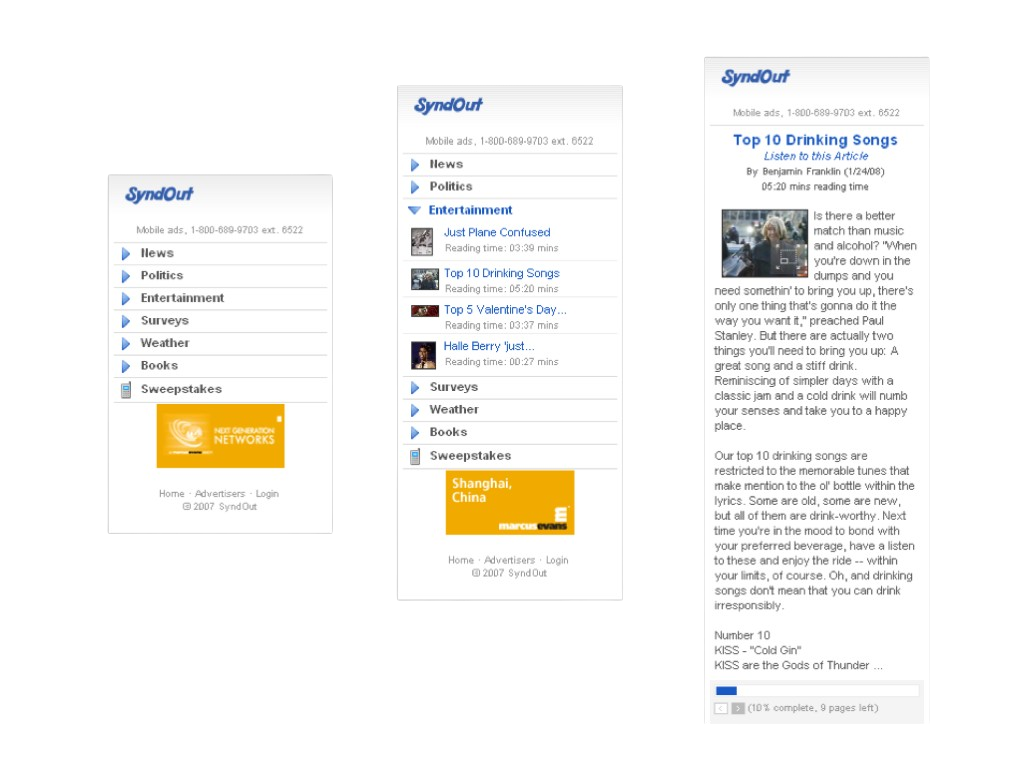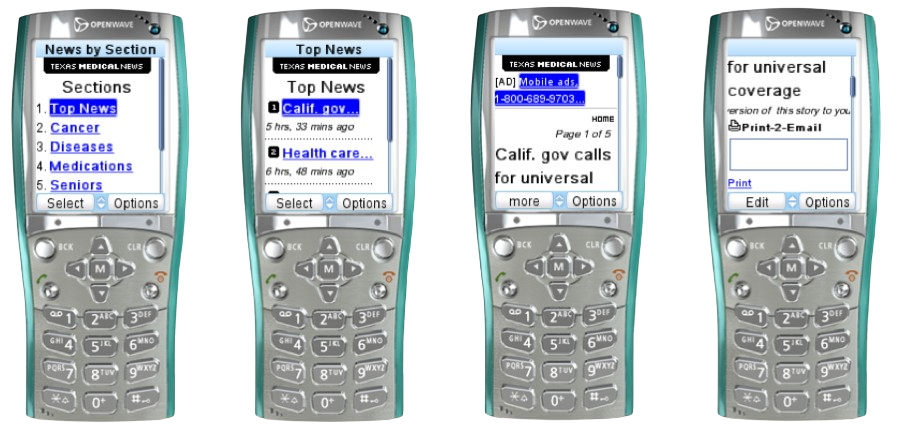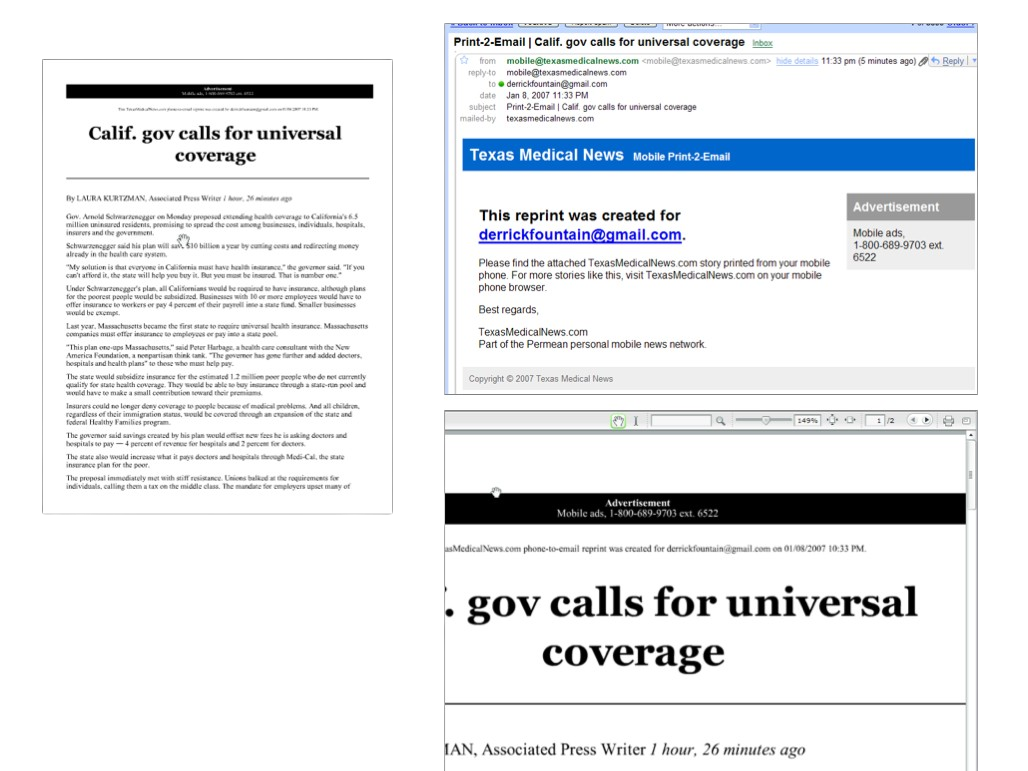Syndout
Building the world’s earliest speech-enabled publishing platform for smartphones and handheld devices
Launched in 2004, Syndout.com was more than a publishing tool—it was a foundational step into what I later defined as the spoken web. At a time when mobile phones were just beginning to support basic data access, Syndout introduced a new paradigm: delivering news and articles through voice, SMS, and compact formats optimized for small screens. This pioneering system allowed content to be consumed in audio, Flashpaper, and PDF—designed for users on the move or with limited access to traditional media.
This pioneering system allowed content to be republished as Flashpaper, PDF, and MP3 audio, optimized for seamless consumption on the go. It also introduced one of the earliest template engines to support audio, SMS alerts, and dynamic ad formats. Syndout marked a significant leap into voice-driven media at a time when voice was still considered assistive tech—not mainstream interaction.
In my 2009 article, The Birth of the Spoken Web, I argued that voice would soon move out of the overpriced assistive tech niche and into everyday utility—removing friction for all users, not just those with disabilities. Syndout embodied that philosophy. It anticipated today’s voice interfaces by addressing what I called situational disability—the moments when users lack the time, attention, or tools to consume content the traditional way.
From dynamically voicing daily news articles to syndicating content across phones in rural areas, Syndout laid the groundwork for the voice-first interfaces we now see in Alexa, Google Assistant, and even my current work with Lexy.fm. It was one of the first platforms to treat voice as a universal interface—not a niche accessibility feature—and helped shape my 20-year trajectory in voice tech, from spoken content to generative AI.
Functionality
SyndOut introduced a template engine with unique audio, SMS, and display advertising formats. Features included a Sweepstakes engine, extensive content listings, and an interactive article interface optimized for small screens. It uniquely adapted content for seamless transitions between devices, embodying its namesake "SyndOut," an abbreviation for "syndicate out."
Features
The platform's article interface boasted an 'actions' widget with article statistics, inline dictionary, print-to-email functions, shareable audio files, commenting capabilities, and calendar integration, enhancing user engagement.
Case Example: Texas Medical News
As the first publication on the SyndOut platform, Texas Medical News tailored its offerings for small screen cell phones. It integrated text advertisements and efficient pagination, with a standout print-to-email feature for direct inbox delivery of content in PDF or Flashpaper. SyndOut's advertising system dynamically inserted ads into these formats.
Impact and Development
SyndOut marked a significant leap in the “spoken web” era, pre-dating the widespread use of voice and audio on mobile devices. It combined tools for developers to build sophisticated mobile sites and simplified content contribution for non-technical staff, utilizing a mobile web browser.




